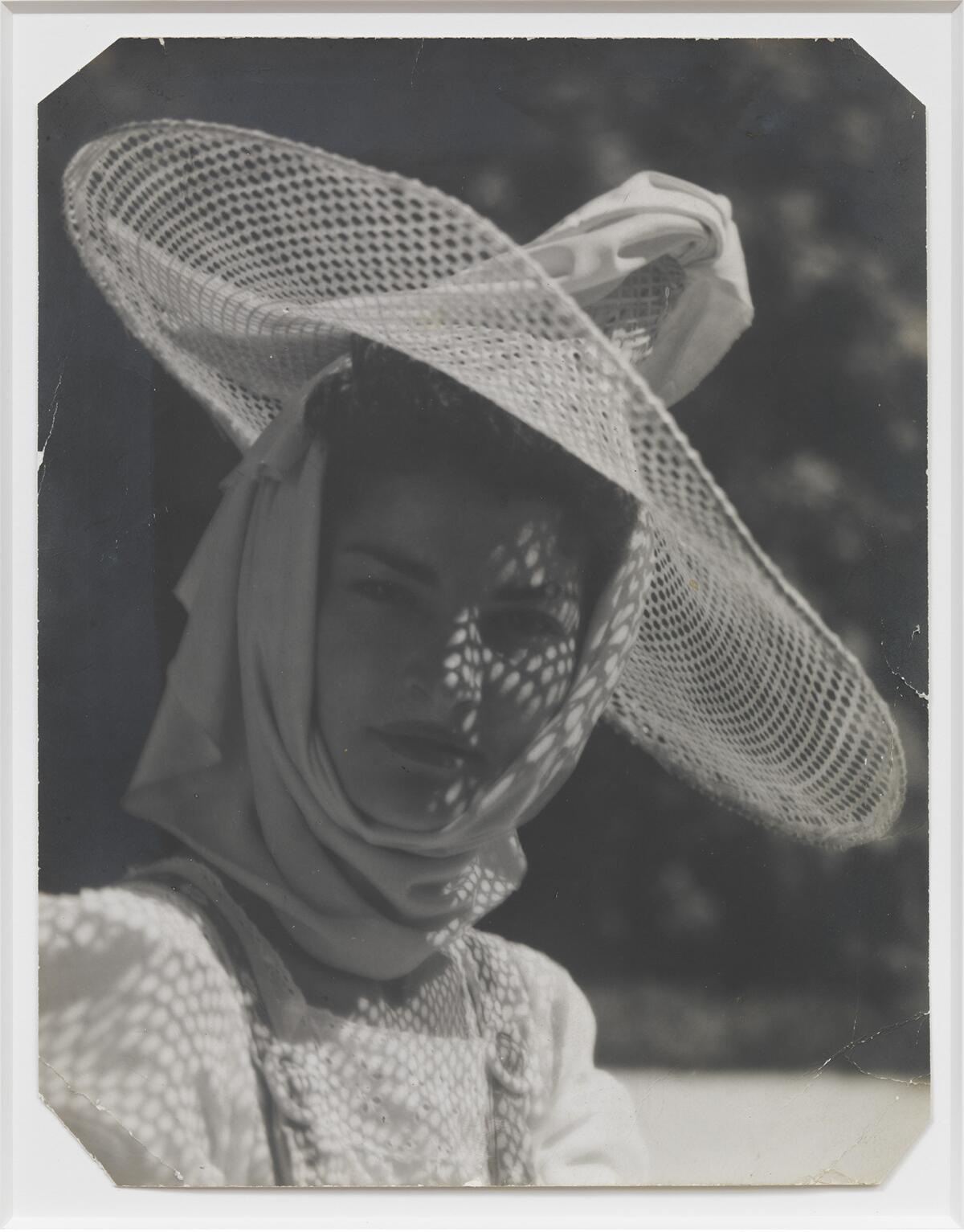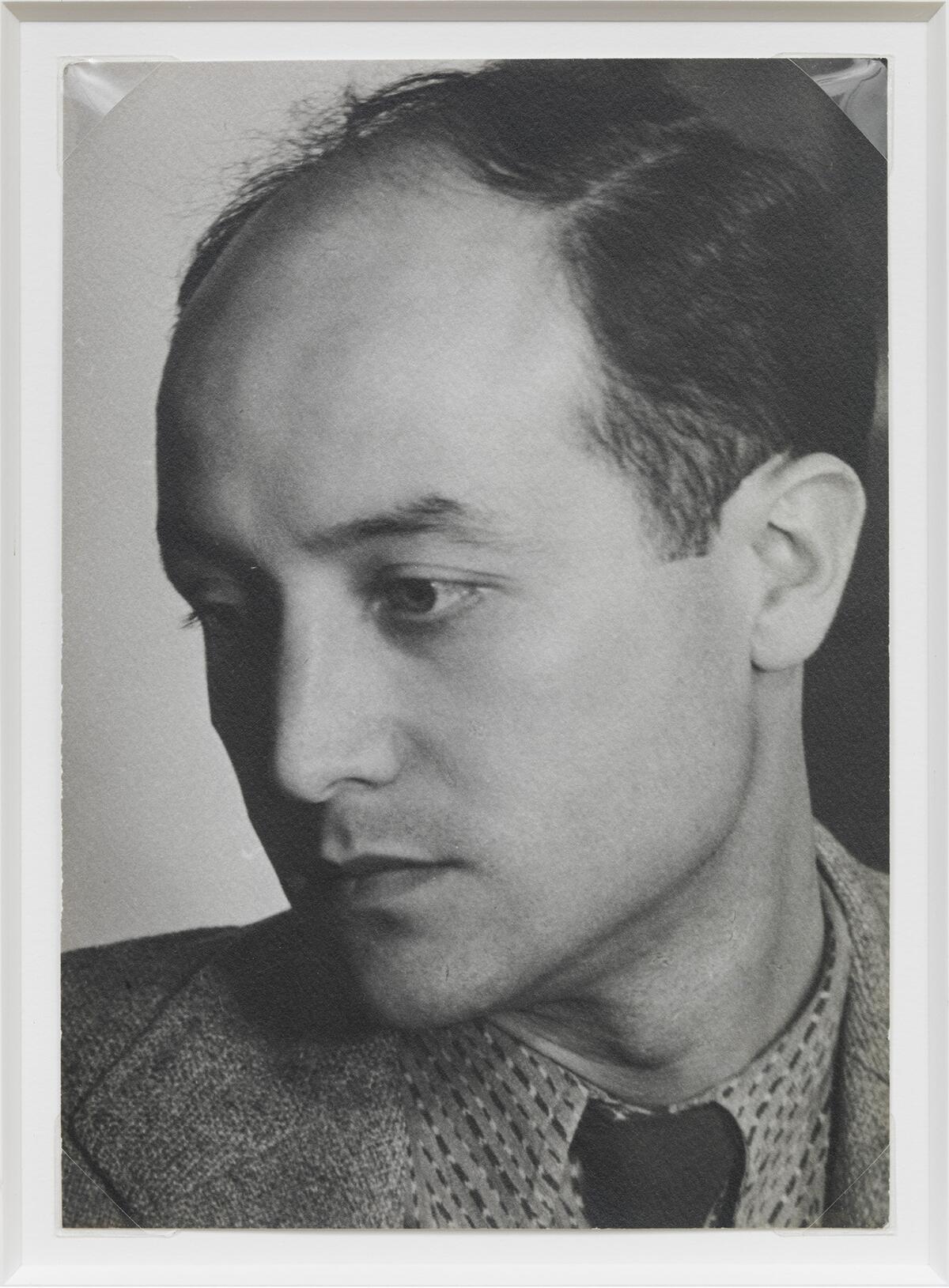Man Ray’s Los Angeles: An outsider’s view of Hollywood
- Share via
When Man Ray left Paris for America at the dawn of World War II, the Surrealist and Dadaist publicly declared that he was no longer going to do any fashion photography — an audacious declaration from an artist best known for just that.
He arrived in Los Angeles in 1940, however, and began making striking images of a high-fashion crowd including actresses Ava Gardner, Ruth Ford, Leslie Caron and Teresa Wright, as well as composer Igor Stravinsky and filmmaker Jean Renoir. Some of these images were commissioned by Harper’s Bazaar.
This intriguing period of Man Ray’s life is explored in a new show at Gagosian in Beverly Hills titled “Man Ray’s L.A.,” curated by Max Teicher and running through Feb. 17. The images span from 1940 to 1951, when Man Ray crafted imagery using an outsider’s view of Hollywood.
“As an artist, Man Ray is always bold,” Teicher said. “Coming to L.A. shows his sense of courage. It would have been safer to stay in New York with all of his friends.”
Although he spent the better part of the decade battling a sense that he did not receive the same respect and appreciation that he did in Paris, Man Ray still managed to do a great deal of painting, take many photos and even dabble in film, including writing for Hans Richter’s “Dreams That Money Can Buy.” During his time on the West Coast, Man Ray staged at least a dozen solo shows, Teicher says.
He also found himself in close proximity to celebrity, and through it, he left an indelible mark on the entertainment landscape. For example, the color portrait of Ava Gardner is on her character’s bedside table in the 1951 film “Pandora and the Flying Dutchman.”
“He’s framing her so she’s not looking directly into the lens,” Teicher says. “Now we take this kind of shot for granted, but in 1950 it’s striking.”




MORE ART:
Which museums are taking part in the upcoming free-admission day? Here's the complete list
Black radical female artists of the '60s and '70s made art that speaks to today
The biggest entertainment stories
Get our big stories about Hollywood, film, television, music, arts, culture and more right in your inbox as soon as they publish.
You may occasionally receive promotional content from the Los Angeles Times.








